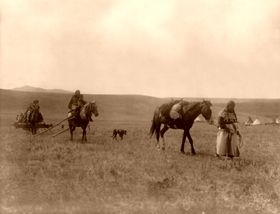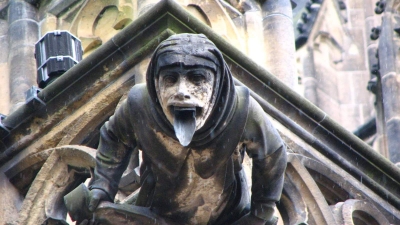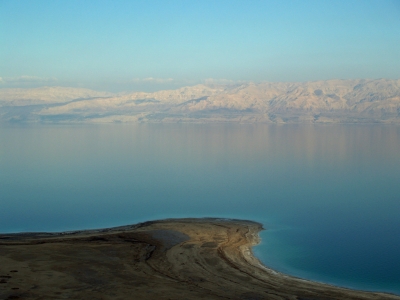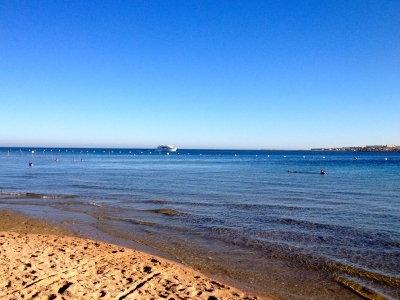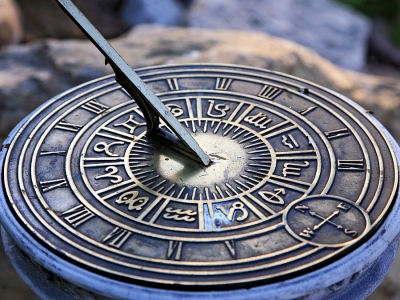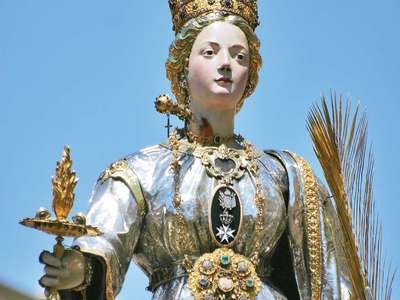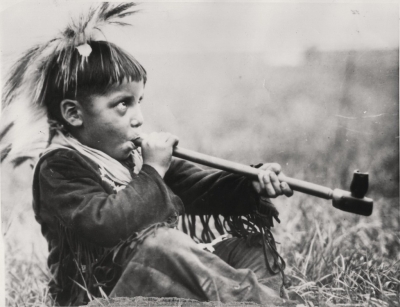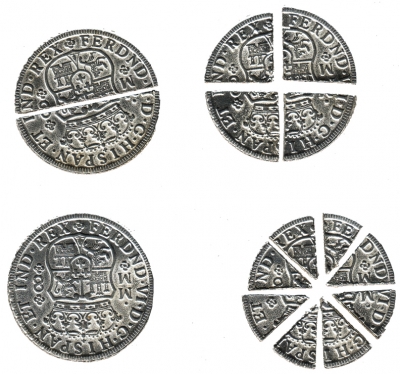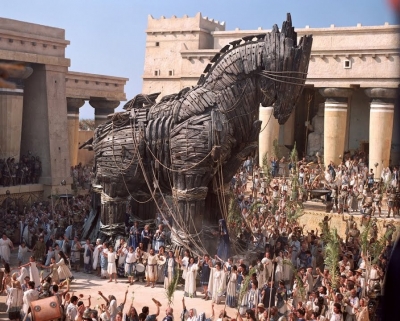Can you measure time with sand?
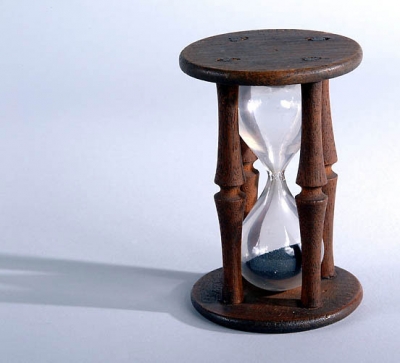
The hour glass was a good way of measuring time. It was in use for hundreds of years. Fine sand trickles through a small hole in the glass from the top half to the bottom. When the top is empty the glass is turned over. Tournaments were timed by the turn of a glass.
Little written evidence exists to explain why its external form is the shape that it is. The glass bulbs used, however, have changed in style and design over time. While the main designs have always been ampoule in shape, the bulbs were not always connected. The first hourglasses were two separate bulbs with a cord wrapped at their union that was then coated in wax to hold the piece together and let sand flow in between. It was not until 1760 that both bulbs were blown together to keep moisture out of the bulbs and regulate the pressure within the bulb that varied the flow.
While some early hourglasses actually did use silica sand as the granular material to measure time, many did not use sand at all. The material used in most bulbs was "powdered marble, tin/lead oxides, [or] pulverized, burnt eggshell". Over time, different textures of granule matter were tested to see which gave the most constant flow within the bulbs. It was later discovered that for the perfect flow to be achieved the ratio of granule bead to the width of the bulb neck needed to be 1/12 or more but not greater than 1/2 the neck of the bulb.
Picture Credit : Google

